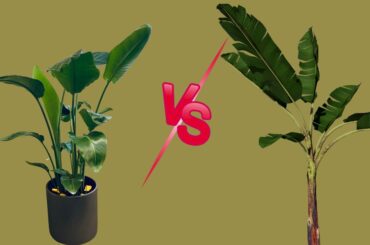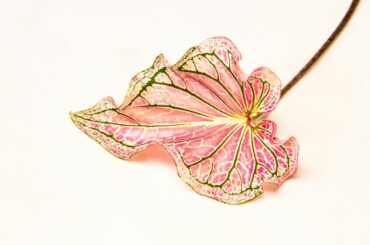We’ve all heard of the cedar tree, but did you know there are four true cedars? This majestic species is native to parts of Asia and North Africa, where it has been used for centuries for its wood, oil, and medicinal properties. In this article, we’ll take a closer look at what makes these trees so special. So what are the 4 true cedars?
Those are Cedar of Lebanon (Cedrus libani), Cyprus cedar (Cedrus brevifolia), Atlas cedar (Cedrus atlantica) and Deodar cedar (Cedrus deodara). Whether you’re looking to use them in your landscaping or just want to learn more about them, here’s everything you need to know about the four true cedars.
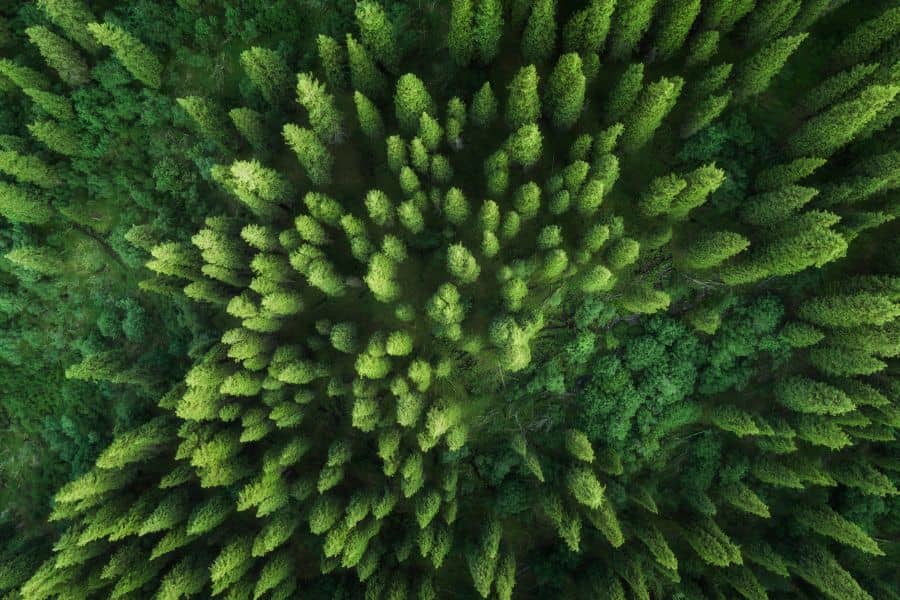
We’ll start off by discussing each one individually before exploring how they differ from other varieties. You won’t believe the amazing facts that come with discovering the “true” cedars!
What Are The 4 True Cedars?
Contents
As you now know, there are four true cedars. And those are the Cedar of Lebanon (Cedrus libani), the Cyprus cedar (Cedrus brevifolia), the Atlas cedar (Cedrus atlantica), and the Deodar cedar (Cedrus deodara).
These four trees share similarities in their appearance. They all have greyish-brown bark with scaly ridges, tall trunks, wide spreading branches, and evergreen needles that grow in clusters. They also produce cones filled with seeds, which can be used for many different purposes depending on the type of tree.
The real cedars are all members of the Pinaceae family and belong to the genus Cedrus. These are magnificent trees with enormous ecological and cultural worth.
What Genus Is True Cedar?
When it comes to true cedars, there’s a lot of confusion. Many people assume that any type of evergreen tree is a true cedar, but this isn’t the case. The four trees in the Cupressaceae family known as “true cedars” belong to the genus Cedrus. These four species are native to areas like the Middle East and South Asia, making them some of the oldest living things on Earth.
Atlas Cedar (Cedrus Atlantica )
The Atlas Cedar, also known as Cedrus Atlantica, is a coniferous tree native to the Atlas Mountains of Morocco and Algeria. It’s one of the four true cedars. The Atlas Cedar stands out among its brethren because it grows quite large, with some specimens reaching up to 130 feet tall!
This majestic evergreen has been used since ancient times for many purposes. Its wood is highly durable and rot-resistant, making it an ideal material for construction and furniture-making. Additionally, its aromatic resin was once harvested to make fragrances such as incense and perfumes. Today, the oil extracted from this species can be found in various skin care products due to its anti-inflammatory properties.
Due to years of overharvesting and habitat loss, Atlas Cedars are now considered vulnerable on the IUCN Red List of Threatened Species. Conservation efforts have helped increase their numbers slightly, but more work needs to be done if we want these trees to survive for future generations. Hopefully, by understanding how important they are not only economically but also ecologically, we can ensure that these unique cedars continue to thrive in nature.
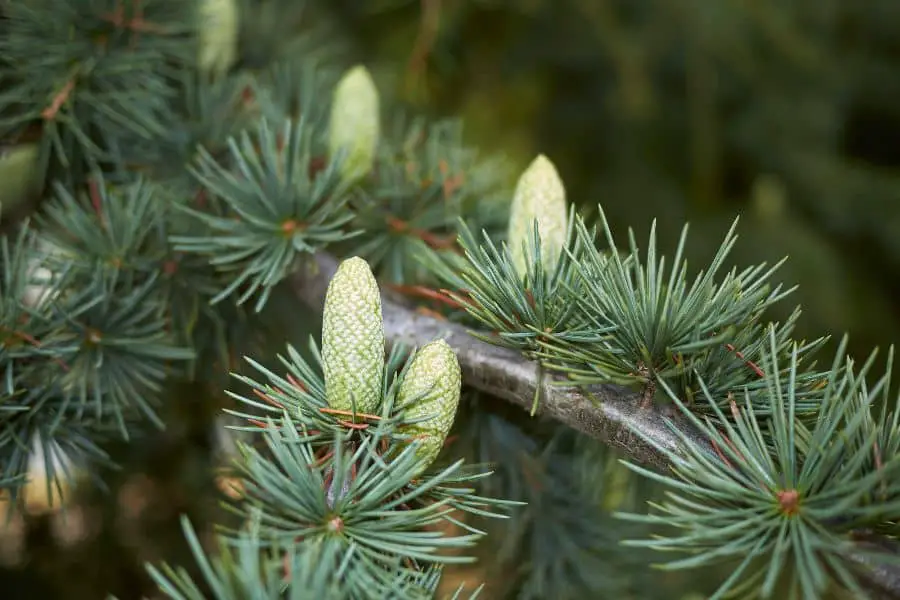
Cyprian Cedar (C. Brevifolia)
The Cyprian cedar (C. brevifolia) is one of the four true cedars found in the world today, and it’s native to Cyprus, Lebanon, and Turkey. It grows up to a height of 20 meters (66 feet) with a trunk diameter of around 1-2 meters (3-6 feet). The bark has an orange or brown color, while the needles are bluish green in color with short stomatal lines on them.
The cone shape of this tree is oval, which can be anywhere between 2 and 4 cm long and consists of 6 scales that have membranous margins along with small, sharp points at the tip. Its seeds are winged, which provides great buoyancy for dispersion by wind over a large area. Additionally, its wood is highly valued as it’s durable and resistant to decay and insect attacks, making it ideal for outdoor furniture manufacturing processes.
This species proves very beneficial to various countries due to its environmental benefits, such as providing a food source for birds like goldfinches and warblers, as well as being medicinally used for treating asthma and other respiratory issues. Furthermore, it helps purify the air due to the production of oxygen during the photosynthesis process and aids in controlling soil erosion by preventing strong winds from blowing away the topsoil layer near mountainous areas where they naturally grow. All these features make Cyprian cedar one of the most popular trees among gardeners who wish to add a touch of majestic beauty to their gardens!
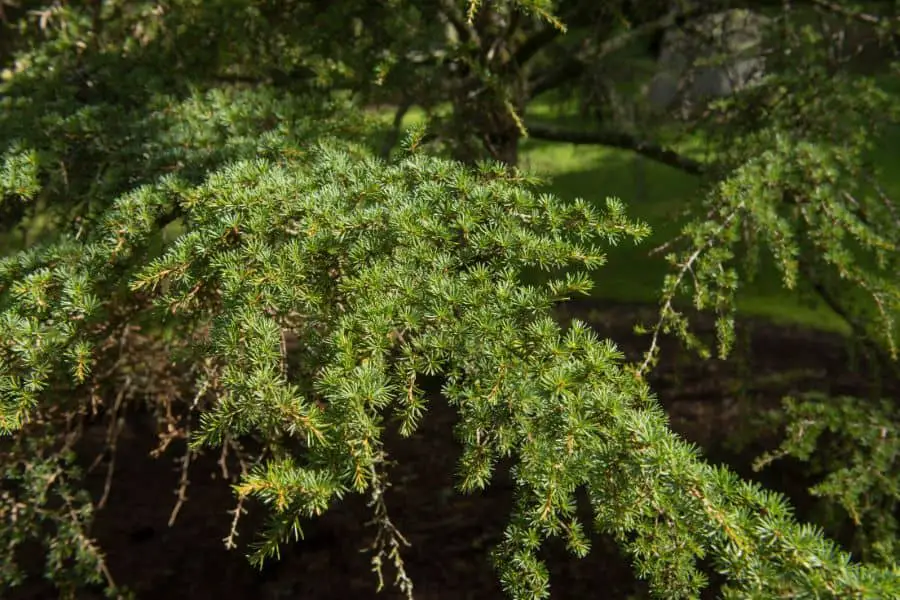
Deodar Cedar (C. Deodara)
The Deodar Cedar (C. deodara) is a majestic and awe-inspiring true cedar, native to the Himalayas. The rich green foliage of this tree creates an eye-catching display, with its sweeping branches that can reach up to 15 meters high. It’s no wonder why it has become so popular in landscaping!
This species of cedar is quite adaptable; it grows well in both wet and dry soil conditions and can tolerate temperatures as low as -20 °C without any damage. Its hardiness makes it ideal for planting along roadsides, in parks, and in gardens all over the world. Here are some other characteristics that make this cedar stand out:
- Strong root system: This tree’s deep roots make it very wind resistant.
- Evergreen needles – These remain on the tree throughout the winter months, providing lush greenery year-round.
- Long lifespan—if properly cared for, can live for more than 500 years!
From its stunning beauty to its incredible durability, there’s no denying that the Deodar Cedar is one of nature’s most impressive trees. This true cedar offers not only remarkable aesthetics, but also practical benefits such as wind resistance and longevity. With these qualities, it’s easy to see why it’s widely planted around the globe today!
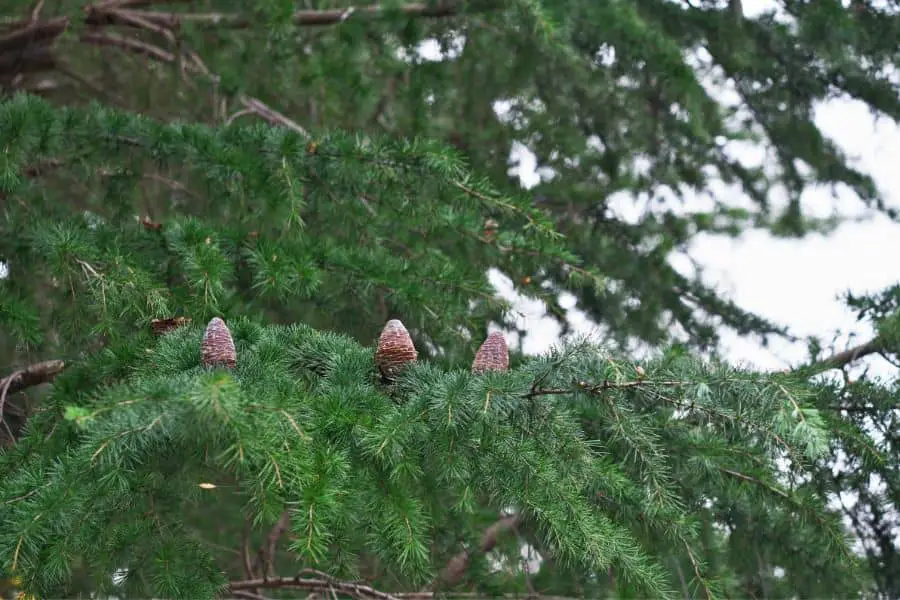
Cedar Of Lebanon (C. Libani)
The Cedar of Lebanon is one of the four true cedars and a majestic species of evergreen tree. Its scientific name is Cedrus Libani, and it’s native to parts of Asia Minor as well as Lebanon. It has stunning silver-gray bark, which contrasts with its green needles, which can reach up to 3 inches in length.
This tree is considered an emblem of strength and beauty in many cultures, not only because of its size but also because it can live for centuries when properly taken care of. The wood from this species has been used for furniture, boats, pillars, and even sculptures since ancient times. In Lebanon, the trees are highly revered and protected by law—they’re even part of the country’s national flag!
The Cedar of Lebanon has long been associated with immortality in mythology too; gods such as Apollo have been depicted standing among these trees or holding them like symbols of power. Despite their hardiness and longevity, we must still take action now to ensure that future generations will be able to enjoy the same benefits from these beautiful trees.
TIP: Planting more cedar trees helps reduce air pollution levels, increase biodiversity, provide shelter for animals, and help us all breathe easier!
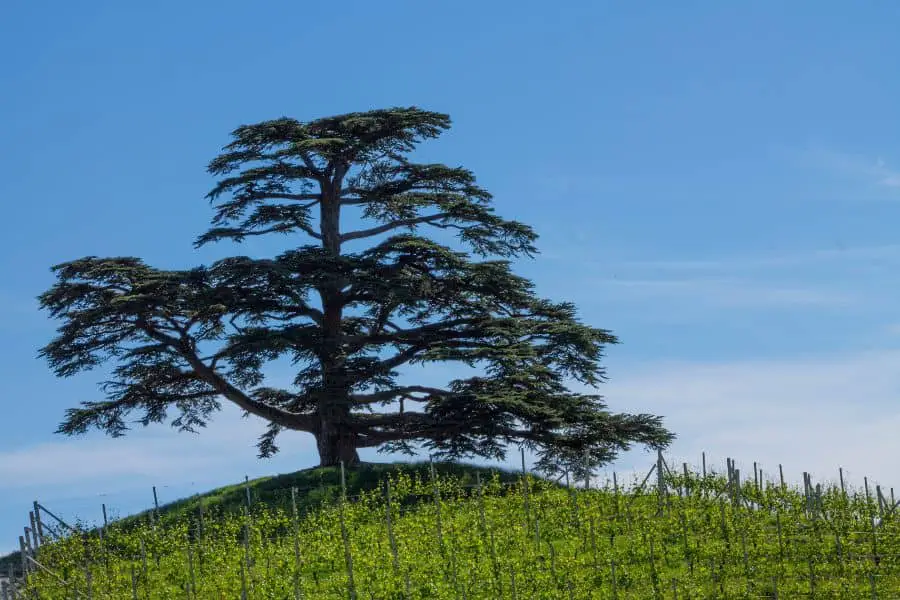
Conclusion
In conclusion, the four true cedars are Atlas cedar (Cedrus atlantica), Cyprian cedar (C. brevifolia), Deodar cedar (C. deodara), and Cedar of Lebanon (C. libani). They all have one thing in common: they belong to the genus Cedrus, which is classified as a type of coniferous tree species. It’s important to note that not every evergreen tree is considered a true cedar; only those belonging to this specific genus can be referred to as such.
I find it fascinating how each individual species of these trees has its own unique characteristics, even within the same family. From their physical appearance, foliage color, bark texture, and more. No two species look or act exactly alike! This diversity makes them really interesting specimens for gardeners who want something special in their outdoor space.
At the end of the day, understanding what qualifies a particular tree as a true cedar helps us appreciate these majestic plants even more. Whether you’re looking for an ornamental specimen or just want some greenery around your home, now you know exactly which ones will fit your needs!
Read Next : What Is The Most Common Cedar Tree?

